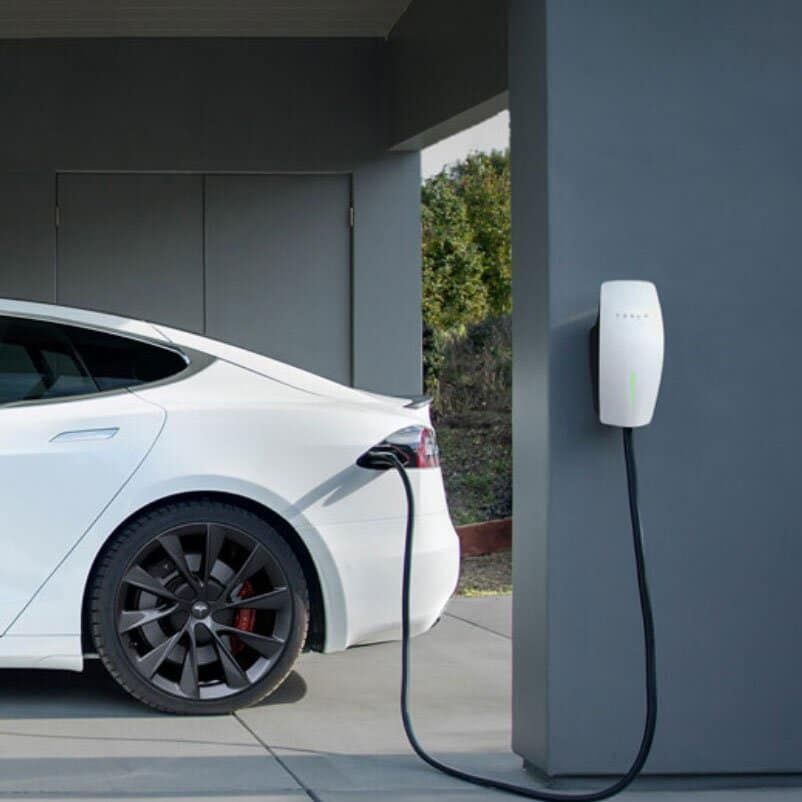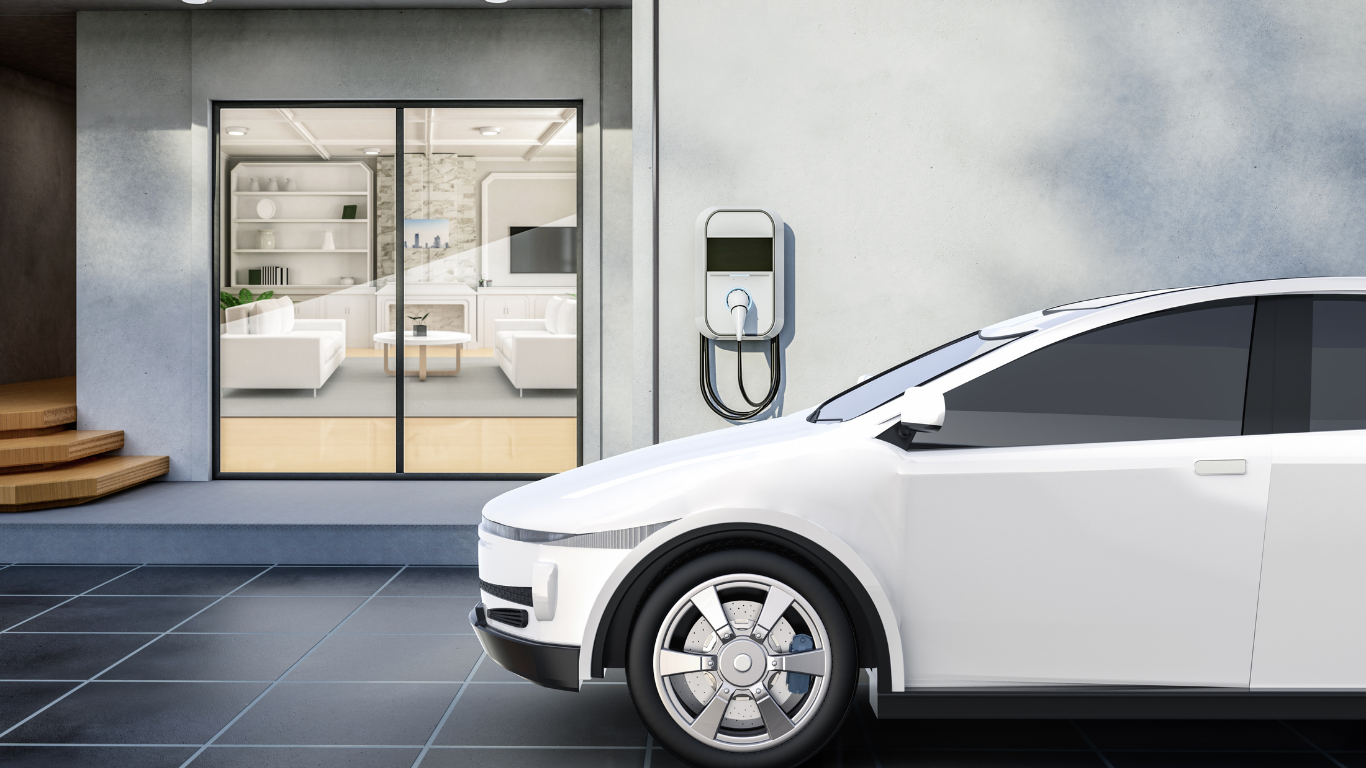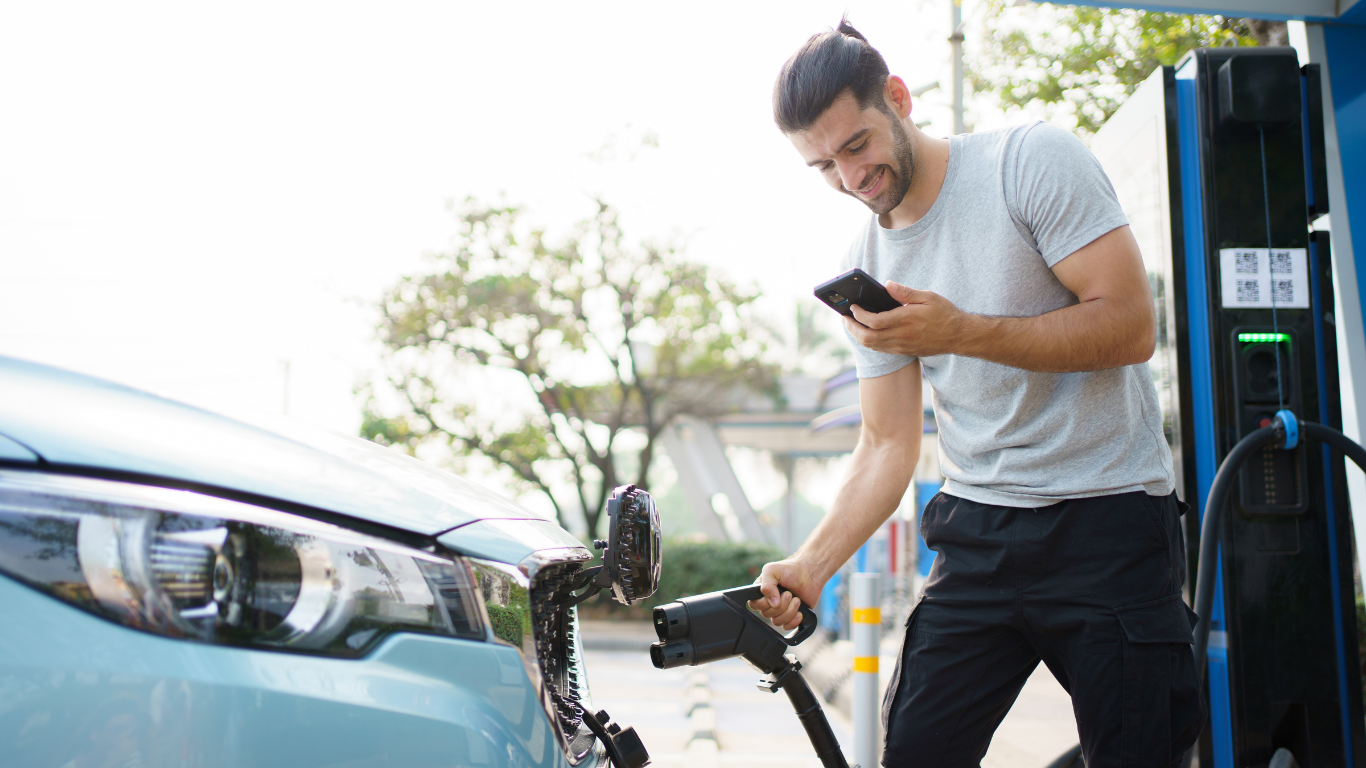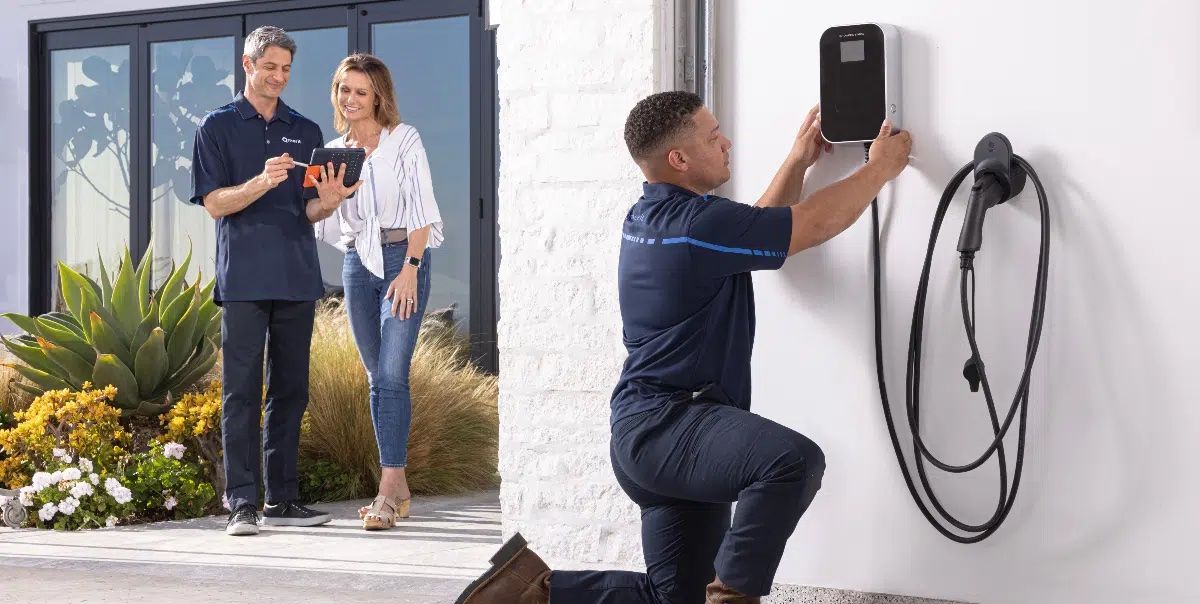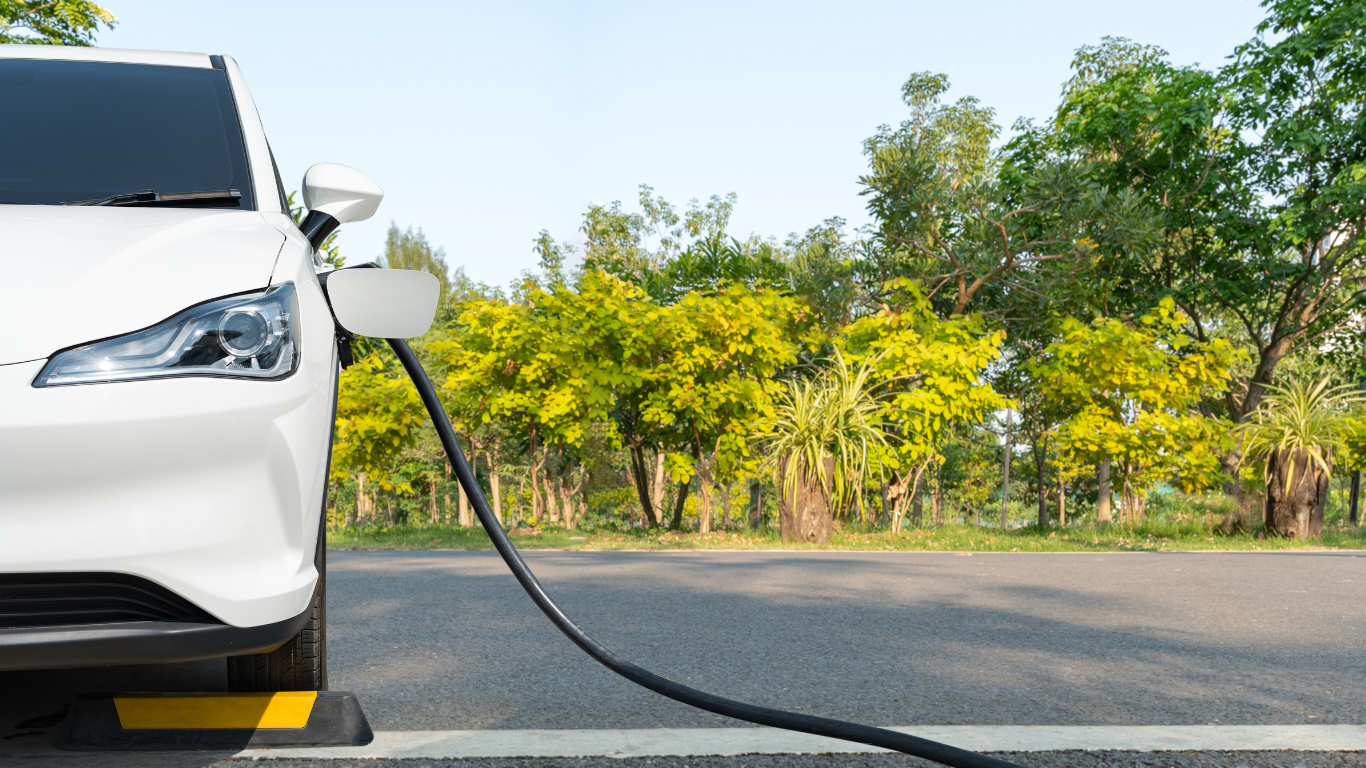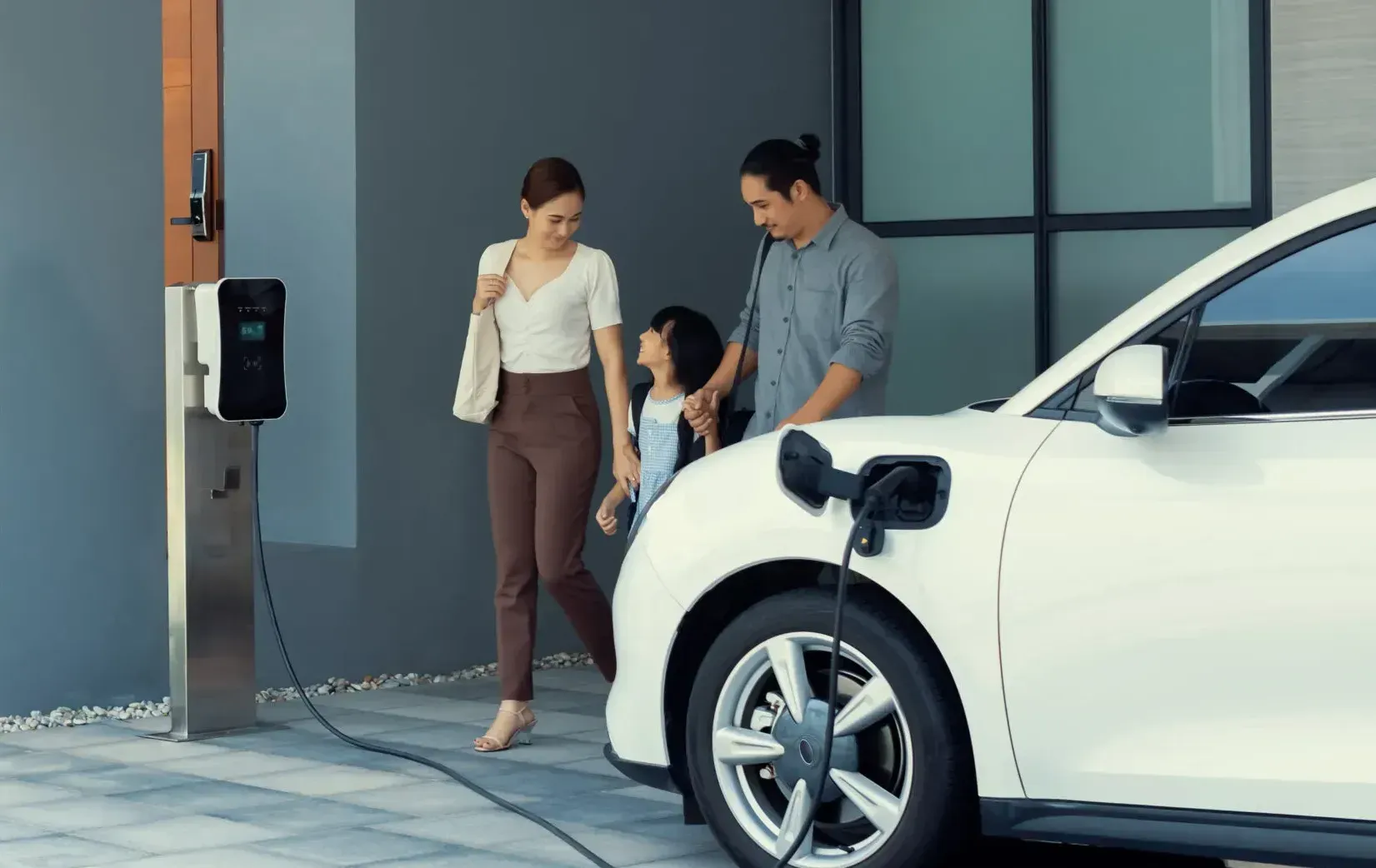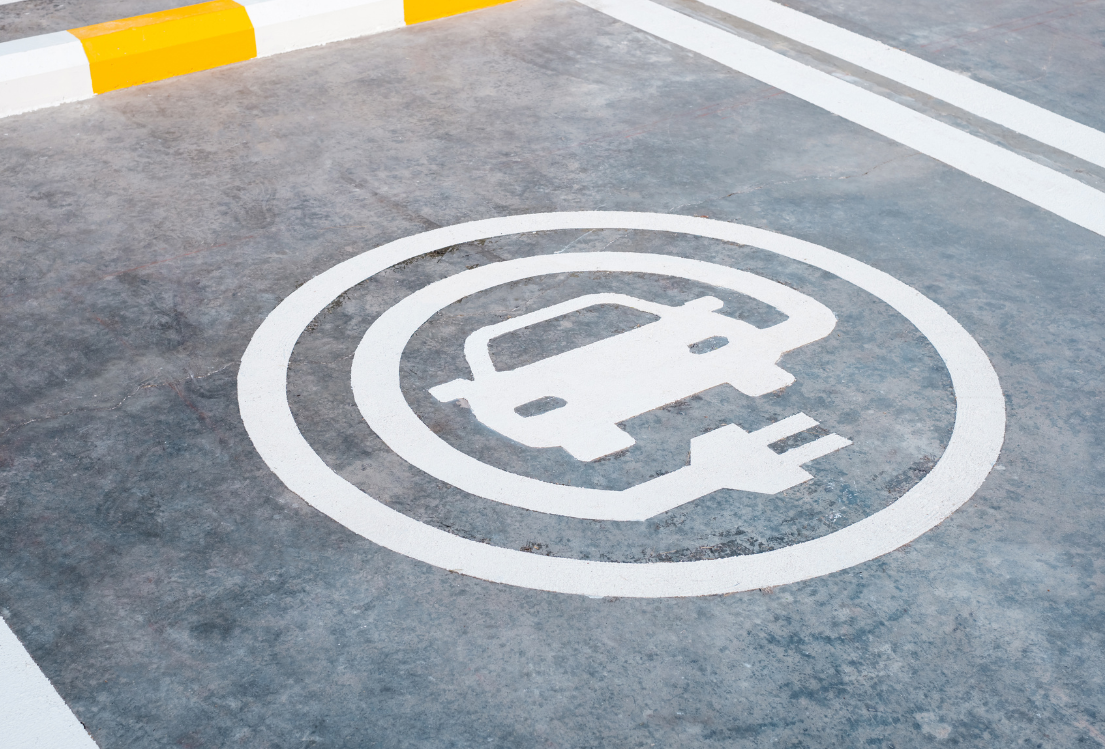Public vs. Home Charging: Which Is Better for Your EV?
Exploring the Pros and Cons of Home and Public Charging for Your EV
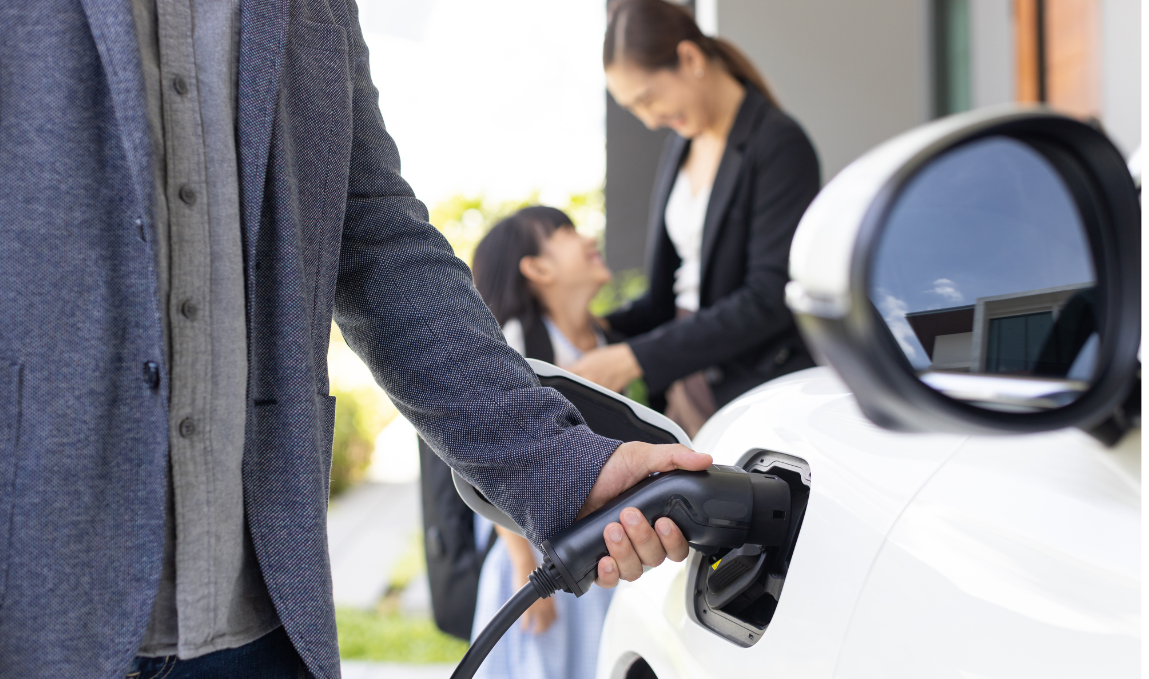
Table of Contents
Introduction
Electric vehicles (EVs) offer a clean and efficient way to travel, but how you charge them plays a critical role in your overall experience. EV owners can choose between home charging and public charging, each of which offers unique benefits depending on your lifestyle, driving habits, and access to charging infrastructure. Understanding these options will help you decide what works best for your needs.
This guide delves into the advantages of both home and public charging, compares costs, and offers strategies for balancing these methods. Additionally, we’ll explore how advancements in public charging infrastructure are shaping the future of EV charging.
1. Advantages of Home Charging
Convenience for Everyday Use
Home charging is often considered the gold standard of EV convenience. It allows drivers to plug in their vehicles overnight and wake up to a fully charged battery, eliminating the need for frequent trips to charging stations.
- Seamless Routine: With home charging, you can integrate EV charging into your daily routine without additional stops. This is particularly beneficial for busy schedules.
- Smart Charging Features: Many Level 2 home chargers come with WiFi connectivity, allowing you to monitor and control charging sessions via a smartphone app. For instance, you can schedule charging during off-peak hours to save on electricity costs.
- Reliability: Unlike public chargers, where availability may vary, home chargers are always accessible.
Long-Term Cost Savings
Charging at home is significantly cheaper than public charging, especially when you factor in the cost of electricity versus the fees charged by public networks.
- Off-Peak Rates: Most utility companies offer reduced electricity rates during off-peak hours, which can lower charging costs by 30% or more.
- Rebates and Incentives: In Canada, many provinces provide rebates for installing Level 2 chargers. For example, Ontario offers up to $1,000 for eligible home charger installations.
Energy Independence
Home charging allows you to take greater control of your energy use. Pairing a home charger with solar panels or a home battery system further enhances this independence, enabling you to power your EV with renewable energy.
2. Advantages of Public Charging
Accessibility and Flexibility
Public charging networks ensure that EV drivers have access to power wherever they travel. This is especially important for long trips or for those without access to a home charger, such as renters or urban dwellers.
- Strategic Locations: Public chargers are available at shopping malls, highway rest stops, workplaces, and more. This accessibility helps drivers charge their vehicles while running errands or taking a break during a trip.
- Emergency Use: If your battery runs low unexpectedly, public chargers provide a quick and convenient solution.
Fast Charging Options
One of the most significant advantages of public charging is the availability of Level 3 DC fast chargers. These chargers drastically reduce the time needed to recharge your battery.
- Speed: DC fast chargers can add 250-300 km of range in just 30 minutes, making them essential for road trips or time-sensitive scenarios.
- Wider Compatibility: Public fast chargers often support multiple charging standards, such as CCS, CHAdeMO, and Tesla connectors, ensuring compatibility with most EVs.
Supporting the EV Ecosystem
Public charging stations play a vital role in encouraging EV adoption by addressing range anxiety and building confidence in electric transportation. As the infrastructure expands, public chargers make EVs a viable option for more drivers.
3. Cost Comparison
Analyzing Home Charging Costs
Charging at home is usually the most affordable option for EV owners. Here's a breakdown of typical costs:
- Electricity Rates: The average cost of electricity in Canada is around 13 cents per kilowatt-hour (kWh). Charging a 60 kWh EV battery at home costs approximately $7.80 for a full charge.
- Off-Peak Savings: Many utility providers offer time-of-use rates, where electricity costs drop to 7-9 cents per kWh during off-peak hours.
Examining Public Charging Costs
Public charging is convenient but comes with higher costs due to infrastructure maintenance and profit margins for charging providers:
- Level 2 Public Chargers: Rates typically range from $1 to $2 per hour, depending on the charging speed and location.
- DC Fast Chargers: These can cost $15 to $25 per session for a 30-minute charge, with fees calculated based on the amount of energy delivered or time spent charging.
4. Planning Your Charging Strategy
Daily Charging Habits
Most EV owners rely on home charging for daily commutes and short trips. A Level 2 home charger provides enough power to replenish your battery overnight, ensuring your vehicle is ready for the next day.
- Energy Monitoring: Use a smart charger to track energy usage and costs.
- Backup Options: Maintain a public charging membership for emergencies or additional flexibility.
Road Trip Preparation
For long-distance travel, public charging becomes essential. Planning your route and charging stops can help you avoid delays and ensure a smooth journey.
- Route Planning Tools: Apps like PlugShare, ChargePoint, and ChargeHub provide detailed maps of charging stations, including real-time availability.
- Factor in Charging Time: Build 30-45 minutes into your travel schedule for charging stops at Level 3 stations.
5. Future Trends in Public Charging Infrastructure
Rapid Expansion of Charging Networks
Governments and private companies are investing heavily in public charging infrastructure to meet the demands of growing EV adoption.
- National Targets: The federal government aims to add 50,000 public chargers by 2030 to support zero-emission vehicle targets.
- Private Investments: Companies like Petro-Canada and Electrify Canada are building fast-charging networks across the country.
Advancements in Technology
Emerging innovations are set to make public charging more efficient and user-friendly:
- Ultra-Fast Chargers: Chargers with speeds exceeding 350 kW are being deployed, capable of adding over 400 km of range in 15 minutes.
- Wireless Charging: Inductive charging pads eliminate the need for cables, making the charging process simpler and more accessible.
Conclusion
Home and public charging both play vital roles in supporting EV ownership. Home charging offers unmatched convenience and cost savings for daily use, while public charging provides essential flexibility and fast charging options during travel. By combining these methods, you can enjoy a seamless EV experience that fits your lifestyle.
Ready to explore home charging options? My EV Experts specializes in installing EV chargers tailored to your needs. From choosing the right Level 2 charger to professional installation, we’re here to help.
Contact us today to take the next step in your electric journey!

